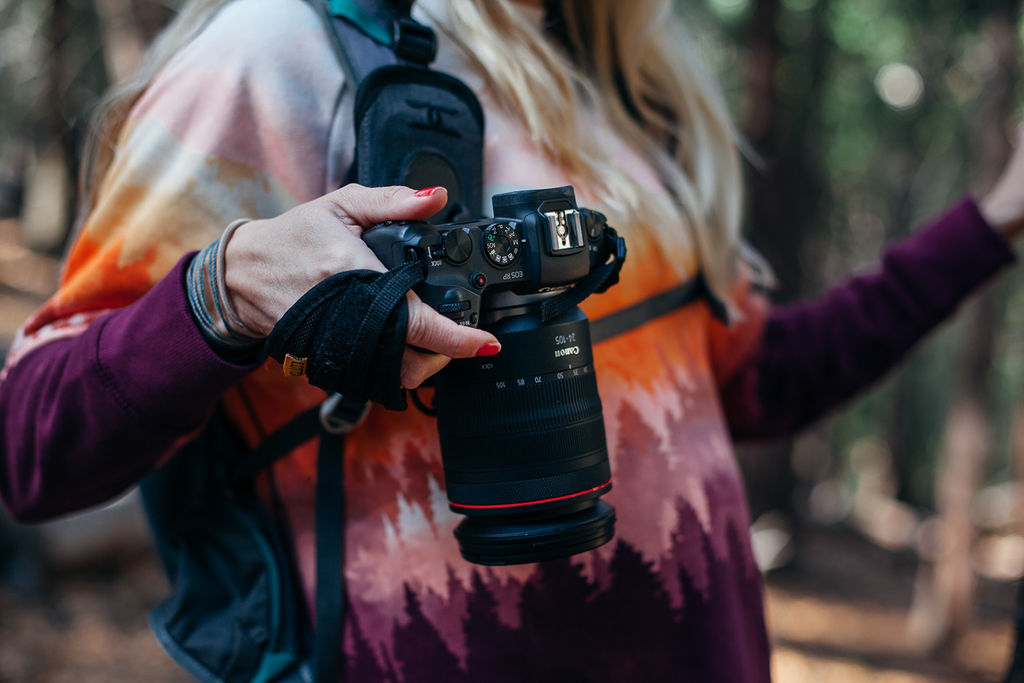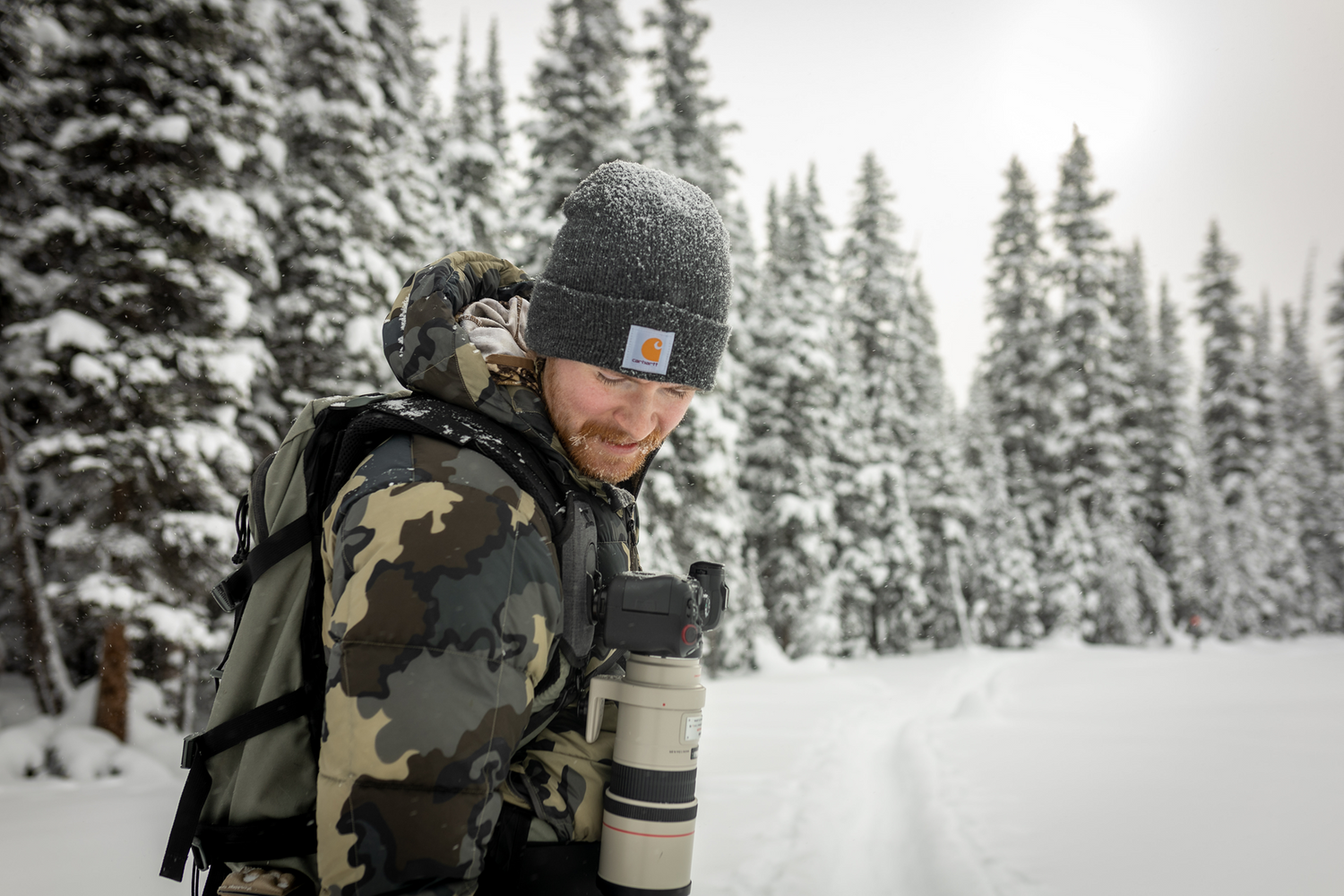Birdwatching, or birding, is a relaxing and exciting way to explore nature and discover the incredible diversity of birds around the world. For beginners, spotting rare species might seem challenging, but with the right preparation, patience, and a few helpful tips, you’ll be well on your way to enjoying the rewards of this hobby.
This guide offers everything you need to know to get started with birdwatching, from choosing the right birding equipment to understanding bird behavior and selecting the best locations for finding rare species. Whether you’re just getting started or looking to improve your skills, this guide will help you on your journey.
Essential Gear for Birdwatching
Having the right equipment is key to making your birdwatching experience enjoyable and productive. Here's what you'll need:
Binoculars and Spotting Scopes
A quality pair of binoculars is the most important tool for birdwatching. Look for binoculars with 8x or 10x magnification, which provide a good balance of distance and clarity. Higher magnifications can make the image shakier, so avoid going too high as a beginner.
For those who are more advanced, a spotting scope can be useful, particularly when viewing birds from a greater distance. While these are bulkier and require a tripod, they are great for birdwatching in open areas like lakes or grasslands.
Field Guide or Birdwatching Apps
A good bird guidebook is essential for identifying different species. Look for one that includes detailed illustrations or photos, bird call descriptions, and information on habitats and ranges.
Digital tools like birdwatching apps can offer even more convenience. Apps like Merlin Bird ID or Audubon Bird Guide allow you to identify birds using your location and key features like color and size. Many apps also include bird calls, which can help with identification.
Camera and Photography Equipment
If you’re interested in capturing your birdwatching experiences, a camera with a good zoom lens is a great tool. A DSLR or mirrorless camera with a zoom lens of at least 300mm is ideal for photographing birds from a distance without disturbing them.
Carrying a camera while birdwatching can be cumbersome, which is why bino slings are an excellent solution. It allows you to carry your binoculars hands-free, keeping your equipment safe and accessible while allowing you to focus on spotting birds.
Check out our best birding vest here!
Comfortable Clothing and Footwear
Birdwatching can involve long hours outdoors, often in unpredictable weather and uneven terrain. Wear comfortable, neutral-colored clothing that blends into the environment and helps prevent startling the birds. Layers are helpful in fluctuating temperatures, and sturdy footwear is a must for hiking through natural habitats.
Notebook or Birdwatching Journal
Keeping a birdwatching journal allows you to record your sightings and observations. Note details like the date, time, location, and behavior of the birds you observe. Over time, these notes can help you track patterns and become a more skilled birder. You can also sketch birds or add photos to enhance your record-keeping.
Understanding Bird Behavior
Learning how birds behave can greatly improve your birdwatching experience. Birds follow specific patterns related to feeding, migration, and nesting, which can provide clues for when and where to find them.
Feeding Habits
Birds have different feeding habits based on their species. Hummingbirds, for example, are attracted to flowers for nectar, while waterfowl feed in lakes, ponds, and wetlands. Birds of prey such as hawks and eagles hunt in open fields, scanning the ground for small animals.
Understanding where birds feed can help you choose the best spots to find them. Setting up bird feeders at home with different types of seeds or nectar can also attract specific species to your yard.
Migration Patterns
Many rare bird species are migratory, moving between breeding and wintering grounds at specific times of the year. Migration periods, typically in spring and fall, are some of the best times for birdwatching, as many species pass through on their long journeys.
Tracking migration patterns can increase your chances of spotting rare birds. Tools like eBird or local birdwatching groups can help you identify migration hotspots in your area.
Nesting Behavior
Birds nest in various environments depending on their species. Some prefer the dense cover of forests, while others might nest in open grasslands, cliff edges, or even urban areas. Understanding the nesting habits of the birds you’re looking for can help you locate them during the breeding season.
During the breeding season, many birds become more territorial and vocal, making them easier to find and observe.
Best Locations for Spotting Rare Birds
Where you go birdwatching is just as important as when you go. Rare birds often inhabit specific environments that meet their needs for feeding, nesting, and migration.
Wildlife Reserves and National Parks
Protected areas like wildlife reserves and national parks are often the best places to find rare birds. These areas are maintained to preserve natural habitats, which provide safe spaces for birds to thrive. Many reserves also offer guided birdwatching tours, where experts can help you find rare species and share valuable tips.
Research which species are commonly found in different parks and when the best times are to visit. Seasonal variations can affect what species are present.
Wetlands and Coastal Areas
Wetlands, marshes, and coastal areas are ideal for spotting waterfowl and other bird species that rely on aquatic habitats. These environments often attract migratory species, making them hotspots for rare bird sightings during migration seasons.
If you live near a coast, beaches, rocky shorelines, and estuaries can provide excellent opportunities to see seabirds and shorebirds, many of which may only appear at certain times of the year.
Forests and Woodlands
Forests are home to a variety of birds, including many rare species. Look for birds at different levels of the forest, from ground-dwelling birds to those that prefer the tree canopy. Woodpeckers, owls, and certain songbirds can often be found in these habitats.
When birdwatching in forests, you’ll have better luck observing birds at the edges of clearings or along trails where they are more likely to come into view.
Choosing the Best Times to Go Birdwatching
The time of day and season can have a significant impact on your birdwatching success. Birds are most active during certain periods, so planning your outings accordingly is essential.
Early Morning and Late Afternoon
Birds are most active during the early morning, just after sunrise, and in the late afternoon before sunset. These are the best times to observe birds feeding, singing, and flying. Plan your birdwatching trips during these times to increase your chances of seeing a variety of species.
Breeding Season
The breeding season, typically in the spring and early summer, is a great time for birdwatching. During this time, birds are more visible and vocal as they establish territories, build nests, and care for their young. Breeding season behaviors make birds easier to spot and identify.
Migration Season
Spring and fall migration periods are prime birdwatching seasons. Many rare species only pass through certain regions while traveling to or from their breeding grounds. Keep an eye on migration patterns in your area to know when and where to look for these birds.
Birdwatching Etiquette and Best Practices
When birdwatching, it’s important to follow some basic etiquette to ensure you’re respecting both the birds and their environment.
Keep Your Distance
Birds can be easily frightened by humans, so it’s essential to observe them from a safe distance. Using binoculars or a spotting scope allows you to get a closer look without disturbing them. This is especially important during nesting or feeding times, as disturbing birds during these activities can cause harm.
Stay Quiet and Move Slowly
Birds are sensitive to noise and movement. When birdwatching, try to remain as quiet as possible and move slowly. Quick or loud movements can scare birds away, so patience is key.
Respect the Environment
Birdwatching often takes place in natural environments, so it’s essential to follow the Leave No Trace principles. Stick to designated trails, avoid disturbing plants and wildlife, and always carry out any trash. Protecting bird habitats ensures that they will continue to thrive for future generations of birdwatchers.
Connect with the Birdwatching Community
One of the best ways to improve your birdwatching skills and increase your chances of spotting rare species is to connect with other birdwatchers. Birdwatching communities, both local and online, offer valuable resources, including tips, sighting reports, and group outings.
Local Birdwatching Groups
Many areas have local birdwatching clubs or Audubon societies that organize regular outings and bird counts. Joining these groups can help you learn from more experienced birdwatchers and discover new birding hotspots in your area.
Online Birdwatching Platforms
Online platforms like eBird allow birdwatchers to log their sightings and view sightings from others in real-time. These platforms are an excellent resource for tracking migration patterns, discovering local birdwatching sites, and staying updated on recent rare bird sightings.
Birdwatching is a rewarding activity that brings you closer to nature while offering the excitement of discovering rare bird species. By equipping yourself with the right gear, understanding bird behavior, and knowing where and when to look, you’ll greatly improve your chances of success. Remember to be patient, respectful of the environment, and open to learning from others. Whether you’re out in the field or connecting with a birdwatching community, each experience will deepen your appreciation for the world of birds.
And don’t forget to make your birdwatching experience more comfortable by using practical tools like the Cotton Carrier Skout G2 Bino Harness, which helps you carry your equipment securely and comfortably, so you can focus on what really matters—spotting those rare and beautiful birds.





